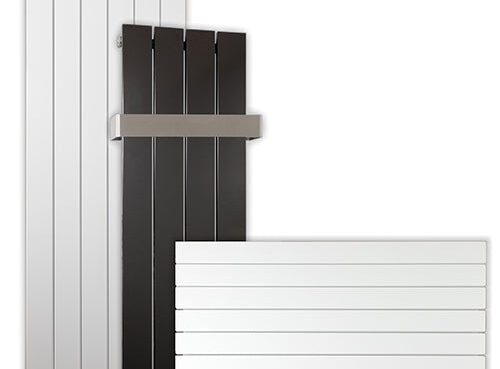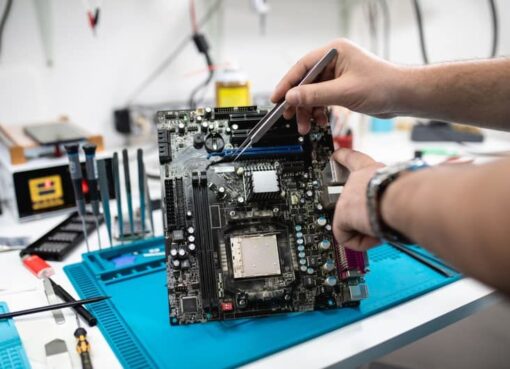Liquid level sensors play a vital role in many industries, including chemical, food and beverage, and wastewater treatment. These sensors are key components in automated systems that help regulate processes and optimize productivity. There are many different types of liquid level sensors, each with its own working mechanism. In this article, we will explore the key components and working mechanisms of liquid level sensors.
Liquid level sensors are key components in automated systems that help regulate processes and optimize productivity. There are many different types of liquid level sensors, each with its own working mechanism. In this article, we will explore the key components and working mechanisms of liquid level sensors.
There are two main types of liquid level sensors: point level sensors and continuous level sensors. Point level sensors are designed to detect the presence or absence of a liquid, while continuous level sensors measure the level of liquid in a given container. The working mechanism of a point level sensor is based on a simple switch that is activated when the liquid reaches a certain level. Continuous level sensors use a more complex mechanism, such as a float that rises and falls with the level of the liquid.
Liquid level sensors are key components in many industries and applications.
Liquid level sensors play a key role in many industries and applications. They are used to measure the level of liquids in containers, tanks, and other vessels. There are many different types of liquid level sensors, each with its own unique working mechanism.
One of the most common types of liquid level sensors is the float switch. Float switches use a float that rises and falls with the level of the liquid. The float is connected to a switch that turns the sensor on or off when the float reaches a certain height.
Another type of liquid level sensor is the pressure sensor. Pressure sensors measure the pressure of the liquid against the walls of the container. The pressure is then converted into a signal that can be used to measure the level of the liquid.
There are also ultrasonic liquid level sensor. These sensors use sound waves to measure the level of the liquid. The sensor emits a sound wave and then measures the time it takes for the wave to bounce back. The time it takes for the wave to bounce back can be used to calculate the level of the liquid.
Liquid level sensors are used in a variety of industries and applications. They are often used in the food and beverage industry to ensure that containers are filled to the correct level. They are also used in the oil and gas industry to monitor the level of liquids in tanks. Liquid level sensors are also used in the medical industry to monitor the level of fluids in IV bags and other containers.
There are many different types of liquid level sensors, each with their own working mechanism.
Different types of liquid level sensors have different working mechanisms. For example, some use a float that is connected to a switch, while others use a pressure sensor.
Some liquid level sensors use a float that is connected to a switch. As the float rises or falls with the level of liquid, it activates or deactivates the switch. This type of sensor is often used in toilets, sump pumps, and other applications where a simple on/off signal is all that is needed.
Others use a pressure sensor. This type of sensor measures the pressure of the liquid around it. As the level of liquid rises or falls, the pressure changes and the sensor can detect this. This type of sensor is often used in industrial applications where a more precise measurement is needed.
The most common type of liquid level sensor is the float switch.
The float switch is the most commonly used type of liquid level sensor. As the name suggests, a float switch consists of a float that moves up and down with the level of the liquid. The float is attached to a switch, which can be used to trigger an alarm or other type of notification.
The float switch is a simple, reliable, and inexpensive way to monitor the level of a liquid. However, there are some disadvantages to using a float switch. First, the float can become stuck in the event of a power outage or other type of interruption. Second, the float may not be able to reach the top of the tank if the liquid is too viscous. Finally, the switch may trigger the alarm even if the liquid level is only slightly above the normal level.
Float switches work by using a float that rises and falls with the level of the liquid.
As the name implies, float switches work by using a float that rises and falls with the level of the liquid. The float is connected to a switch, which is triggered when the float reaches a certain level. There are two main types of float switches: point level and continuous level.
Point level float switches are used to detect whether a liquid has reached a certain level, such as a high water level in a tank. The float is connected to a switch that is triggered when the float reaches the predetermined level. Continuous level float switches are used to continuously monitor the level of a liquid. The float is connected to a sensor that monitors the position of the float and sends a signal to a controller when the float reaches a certain level.
Float switches are used in a variety of applications, such as water tanks, sump pumps, and oil tanks. They are also used in industrial processes, such as papermaking, where they are used to monitor the level of pulp in a tank.
Some float switches have a magnetic switch that is activated when the float reaches a certain level.
A float switch is a device used to detect the level of liquid in a tank. The switch is activated when the float reaches a certain level.
There are two types of float switches: magnetic and mechanical. Magnetic float switches have a magnet that is attracted to a metal switch when the float reaches the correct level. Mechanical float switches have a ball that presses on a switch when the float reaches the correct level.
Float switches are used in a variety of applications, such as oil and water tanks, sump pumps, and sewage lift stations. They are often used in industries such as chemicals, food and beverage, oil and gas, and power generation.
As industries continuously strive for better efficiency, safety, and productivity, the demand for reliable and accurate liquid level sensors increases. There are a variety of different types and designs of liquid level sensors available on the market, each with its own unique advantages. The key components of a liquid level sensor include the sensing element, housing, process connection, and electronics. The working mechanism of a liquid level sensor is based on the physical principle of buoyancy. When a liquid level sensor is immersed in a liquid, the buoyancy force acting on the sensing element causes it to move up or down, depending on the density of the liquid. This movement is then converted into an electrical signal that can be used to measure the level of the liquid.


